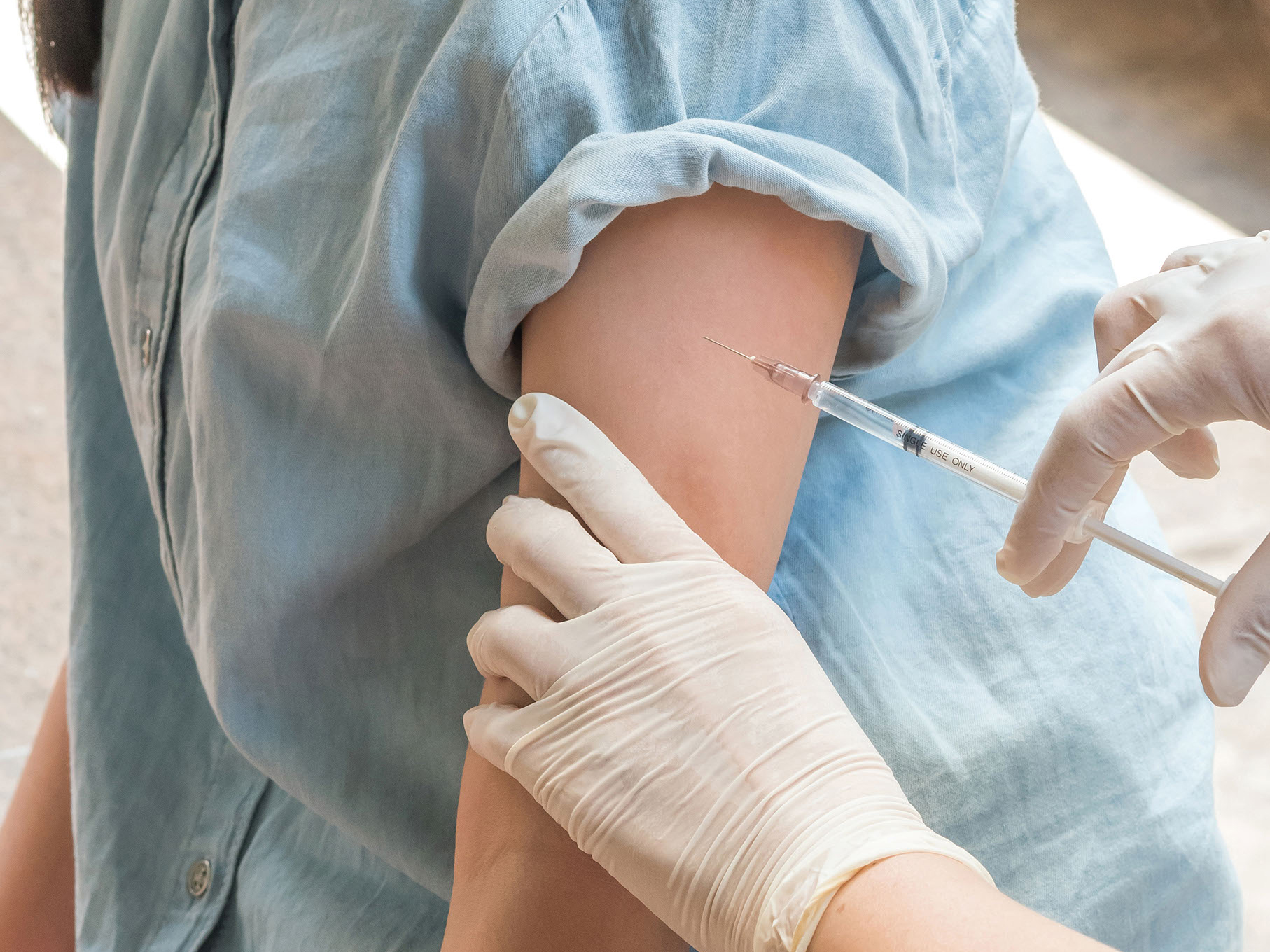HRSA Awards $99 Million to End the HIV Epidemic in the United States

In March 2021, the U.S. Department of Health and Human Services’ Ending the HIV Epidemic initiative awarded $99 million to the Health Resources and Services Administration’s (HRSA’s) Ryan White HIV/AIDS Program. The funding will support efforts to link people who are either newly diagnosed with HIV or diagnosed but currently not in care to essential treatment and support services, helping them reach viral suppression and reduce HIV transmission.
Nursing Considerations for Melanoma Survivorship Care

Breast, prostate, colorectal, and melanoma are the most common primary cancer sites among 58% of survivors. Advancements in immunotherapy and targeted therapies have significantly increased treatment options for a disease that once had very limited treatment options, markedly improving overall five-year survival rates for patients with melanoma. Yet survival rates vary depending on extent of disease (local versus metastatic) and ethnic minority disparities. Although the overall (all stages combined) five-year survival rate for White patients with melanoma is 93%, the rate drops to 87% for Hispanics and to just 23% for those with distant melanoma.
ACA Medicaid Expansion Improves Health and Increases Access to Care for Young Adults

The rate of uninsured young adults (aged 19–25) fell by more than one third between 2009 and the first quarter of 2014 following the Affordable Care Act’s (ACA’s) Medicaid expansion, according to a February 2021 report from the Urban Institute. With the expansion, young adults also reported improved overall health, increased access to care, and fewer high out-of-pocket costs.
- Read more about ACA Medicaid Expansion Improves Health and Increases Access to Care for Young Adults
- Add new comment
CDC Builds a Powerful Plan to Confront Racism and Health

In the early 2000s, healthcare professionals began creating theoretical frameworks to better understand racial gaps in care. Two decades later, racial disparities remain across all aspects of cancer care, from clinical trials and screening to mortality rates and survivorship. Rochelle P. Walensky, MD, MPH, director of the Centers for Disease Control and Prevention (CDC), declared racism a serious public health threat. To put those words to action, the agency also unveiled Racism and Health, an online hub for CDC’s efforts and a catalyst for education and dialogue around the critical issue.
Targeted Therapy Drug Shows Promise in CLL

Pirtobrutinib, an investigational, third-generation Bruton tyrosine kinase (BTK) inhibitor, offered response rates of 60% or higher in most groups of heavily pretreated patients with chronic lymphocytic leukemia (CLL), even those who’ve received other BTK inhibitors as previous treatment, researchers reported in Lancet.
Larotrectinib and Other Tumor-Agnostic Targeted Therapies Are Leading Cancer Care Into the Next Frontier

In 2018, the cancer drug larotrectinib quietly became a milestone along the evolving path to approaching cancer therapy: it was the first agent approved to treat a genetic variant, not a specific type of cancer or disease site. And as oncology treatment science progresses, many predict that it won’t be the last—it’s already been joined by pembrolizumab and entrectinib as tumor-agnostic therapies. The key to curing cancer may be hidden in the disease’s genetic code rather than its location in the body.
- Read more about Larotrectinib and Other Tumor-Agnostic Targeted Therapies Are Leading Cancer Care Into the Next Frontier
- Add new comment
Nurse Corps Loan Repayment Program Receives $200 Million Funding Increase

With the aging population of clinicians and patients, nursing is in desperate need of a stronger workforce. To advance nurses at all levels of practice, on February 9, 2021, the U.S. House Committee on Energy and Commerce announced its plan to increase funding for the Nurse Corps Loan Repayment Program by $200 million through its section of the American Rescue Plan.
- Read more about Nurse Corps Loan Repayment Program Receives $200 Million Funding Increase
- Add new comment
Evidence-Based Leadership Trends Show How Every Nurse Is a Leader

I believe that every nurse is a leader, and we need leaders in all areas of our profession, from academia and research to clinical practice. Nurses must lead from the future and reinvent themselves to achieve their desired career path. Practice in the now, but lead from anticipation of what will happen based on healthcare trends.
ONS Collaborates With Four Organizations to Develop Grief Resources

To address complex trauma resulting from the COVID-19 coronavirus pandemic, ONS collaborated with four leading organizations to develop and offer free innovative and educational resources about grief for frontline providers. Joining ONS in the endeavor are the Hospice and Palliative Nurses Foundation (HPNF), Hospice and Palliative Nurses Association (HPNA), Social Work Hospice and Palliative Care Network (SWHPN), and Association of Professional Chaplains (APC). The project, Dealing With GRIEF: A Series of 5 Short, Powerful Videos, was made possible by a grant from the American Nurses Foundation.
Genetic Disorder Reference Sheet: BRCA1 and BRCA2 Hereditary Cancers

BRCA1- or BRCA2-associated hereditary breast and ovarian cancer is the most common form of hereditary breast and ovarian cancer. The prevalence of BRCA1 and BRCA2 pathogenic variants in the general population is estimated at 1 in 400–500 people, although it increases to 1 in 40 for those of Ashkenazi Jewish ancestry, which is linked to three founder pathogenic variants (BRCA1 c.68_69delAG, BRCA1c.5266dupC, and BRCA2 c.5946delT).





